Aster chamomile - an elegant plant for garden decoration
Each flower contains many mysteries and secrets. And asters are no exception. Ancient philosophers believed that if a person wants to be happy, he must grow flowers. Often among gardeners in flower beds, you can find lush bushes of chamomile asters.
The petals of the flower are like stars, and looking at the aster, it seems as if the stars have descended from heaven into the garden. Aster symbolizes wealth, prosperity and eternal life. Due to its luxurious flowering, the chamomile aster has earned the attention of flower growers and has taken an honorable place in landscape design.
Content:
- Description of the variety
- Site selection and soil preparation for planting
- Reproduction methods
- Aster care
- Insect pests and control
- Aster diseases and methods of struggle
- Astra chamomile in landscape design
Description of the variety
Chamomile aster belongs to perennial herbaceous plants. The height of the flowers varies from 25 cm to 70 cm. The active flowering period is in July-October. Baskets of pale pink, lilac, blue and blue flowers, 5 cm in diameter, are covered with a beautiful scattering of a carpet of dark green foliage.
Translated from Greek, Astra chamomile means "star flower".
Common varieties:
- Ultramarine - flowers have a yellow core, purple petals are decorated with blue along the edge.
- Gnome is a variety with deep purple flowers.
- The velvet queen is a richly flowering variety with purple flowers.
- Cerulea - has lilac or blue inflorescences.
- Kobold - dark purple baskets.
Site selection and soil preparation for planting
Unpretentious plants are not picky about growing places. They can also decorate a shady area in the garden, and plant along the path or on an alpine slide in the sun itself. But for the abundant flowering it is preferable for plants to choose a more illuminated area. In this case, they will bloom faster and delight longer with their luxurious flowers.
If plants grow in partial shade, it is required to protect them from powdery mildew disease.
Aster prefers fertile soil, therefore it is recommended in advance to make mineral and organic fertilizers. If the plants grow on loose soil, water the plantings daily. Lowland and swampy areas with permanent stagnation of water are unsuitable for planting.
Reproduction methods
Aster daisy reproduces seeds, dividing the bush and cuttings... Seed propagation of a perennial plant begins at the end of autumn. Immediately after collecting the seeds, they are buried in the soil to a depth of no more than 1 cm. During the winter the seeds undergo natural stratification, and young plants appear in the spring. When propagated by seeds, flowering occurs at 3 years. But gardeners do not strive to propagate aster in this way, since it is very laborious and you have to wait for flowering for several years.
An easier way to reproduce is by dividing the bush.
When the aster grows, it should be divided into several divisions. It is better to propagate in the fall.If you divide the bush in early spring, there is a chance that there will be no flowering this season. One division should have 4 well-developed shoots, a powerful root system. It is not worth dividing an adult bush into many divisions. This will have a bad effect on the survival rate of plants and delay the flowering period.
In early spring they start grafting asters:
- To obtain new specimens, cuttings 6 cm long are cut from the mother plant.
- You can root in a greenhouse or in the free space of a regular garden bed.
- Apical cuttings are planted slightly at an angle into the ground, watered abundantly and constantly maintain soil moisture. But there should be no swamp.
- With excessive moisture or, conversely, drying out of the soil, the cuttings may die.
- After 3-4 weeks, the cuttings will take root and can be planted in a permanent place.
Aster care
An unpretentious perennial plant is not demanding on the conditions of detention and tolerates winter bad weather well. Unacceptable to use for fertilizers fresh manure. During planting, it is required to maintain a distance between the plants so as not to thicken the planting and not aggravate the development of ornamental crops.
Around the stems, it is required to regularly loosen the soil and weed weeds.
A plant can grow in one place for 5 years, then it should be dug up and transplanted to a new site. Regular cutting off of faded inflorescences contributes to abundant flowering, so the boxes should be torn off without waiting for them to form and ripen the seeds.
Watering plants:
- Water should be abundant after planting, especially in dry times.
- It is recommended to add a little potassium permanganate to the water to disinfect the soil and kill microorganisms.
Top dressing:
- In specialized stores, you need to buy complex mineral fertilizers.
- It is necessary to dilute them in water in accordance with the instructions.
- The dose can be slightly reduced, but never increased.
- Aster does not tolerate pure organic fertilizers, therefore fresh manure as feeding cannot be used!
- If the plants are planted in a nutritious soil, at the initial stage, add fertilizers not required.
Insect pests and control
For asters, insects are a great danger, which are carriers of viral infections:
- Earwig. Adults are more harmful than young ones. Earwigs pick up activity in June. Having settled on the plant, they eat the buds, damage the inflorescences and feed on the leaves. For insect control, it is recommended to use Fundazol in accordance with the instructions. Spray landing is required in dry and calm weather.
- Plowed slug. Great harm is caused to the green part of asters, sometimes it damages the buds. The first sign of the appearance of slugs on a plant is the formation of longitudinal holes on the leaf plates. Mucous discharge will become noticeable on the foliage. High humidity and prolonged rains contribute to the reproduction of slugs. To avoid the invasion of pests, it is required to sprinkle the area with lime plantings. The fact is that lime burns their delicate paws and slugs simply leave this area. Fall plowing and timely weed control will help to reduce the number of slugs.
- Spider mite. It is almost impossible to see the pest with the naked eye. It is so small that it can only be viewed through a magnifying glass. But its appearance is evidenced by the cobweb. The mite is located on the lower part of the leaf plate, sucks out the juice and thereby contributes to the wilting of the plant. Insects love dry weather. It is at such a time that their active reproduction takes place.
- To combat the "uninvited guest" use onion husk infusion (200 g of husk is steamed in 1 liter of boiling water) or 0.2% solution of karbofos. You can make an infusion from the onions.This will require 3 liters of water and 100 g of finely chopped onions. Infusion takes place for 8 hours in a tightly sealed jar. After the time has elapsed, the infusion must be filtered and diluted with water, adding the contents to a volume of 10 liters. In order to keep the infusion better on the foliage during spraying, it is necessary to add liquid soap in a volume of 45 ml.
- Astral blizzard. Both butterflies and caterpillars cause harm. Plants attack during flowering. Butterflies lay eggs in inflorescences. The caterpillars that appear first feast on pollen, and then eat the flowers. Aster blizzard loves sunflowers, therefore, when planting plants, they should not be placed close to one from one. Caterpillars hibernate in soil near plants. To exterminate insects, it is required to use bazudin for watering the soil.
Aster diseases and methods of struggle
Graceful plants are subject to various diseases, especially viral, and pest infestation. Diseased bushes lag behind in growth, cease to bloom profusely, the stems and flowers are deformed, and the plants may die.
In order to avoid contamination of the collection of asters, it is necessary to pay attention to the quality and resistance of the variety to diseases when choosing a material.
Planting material is recommended to be purchased from reputable firms, and not from a neighbor. To reduce the risk of disease, it is necessary to carry out proper planting care.
Viral diseases are common, so it is recommended to regularly inspect plantings for signs of disease:
- Fusarium wilting. The spores of the fungus are found in the soil. During absorption root system water spores get inside the plant and clog all the vessels. The disease manifests itself in the form of dark longitudinal stripes on the stems, the leaves droop and fall off. If you dig up the soil near the plant, you can notice a pink bloom on the root system - the mycelium of Fusarium. To prevent the disease, before planting, the root system of the plant must be kept in a weak solution of potassium permanganate or basezole for 15 minutes. A visible result is the liming of the soil.
- Blackleg. Fungal disease damages young plantings. The neck of the root turns black and the plant dies off. To reduce the risk of the onset of the disease, it is required to transplant seedlings in time and disinfect the soil.
- Jaundice. The carriers of the viral infection are aphids and cicadas. If you look closely at the leaf, then it begins to fade, near the veins the leaf plate is practically discolored. Plants grow stunted and stop blooming. Diseased specimens must be dug up and burned. You need to fight the carriers of the infection. For this, Fundazol, Aktellik, Fitoverm are used.
Astra chamomile in landscape design
With the help of different varieties of graceful chamomile asters, you can create a unique design. Low-growing varieties are used to decorate borders, framing paths and decorate rockeries, alpine hills.
Tall plants are used to decorate slopes, to secure the shores of artificial reservoirs, look beautiful in single plantings.
Growing asters on the site brings not only moral satisfaction from contemplating the beauty of flowers. The plant is also used in folk medicine to treat certain ailments.
Bloom asters rather long, and the plant can warm everyone, even in the autumn weather, delighting the eye with its bright flowers.
More information can be found in the video.



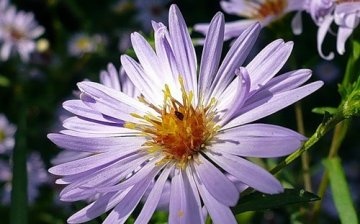
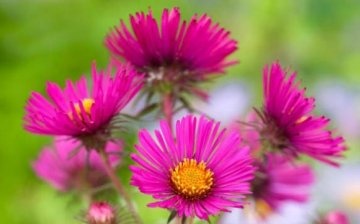
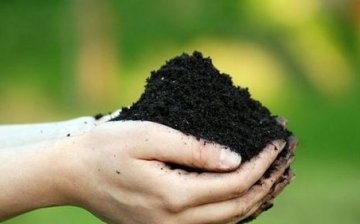
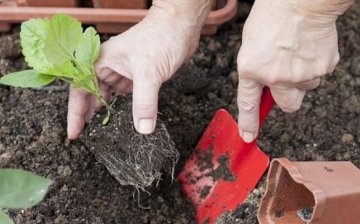
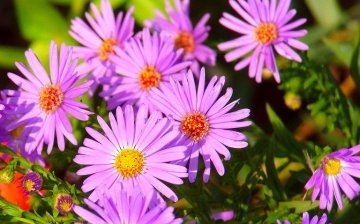
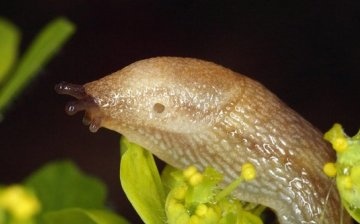
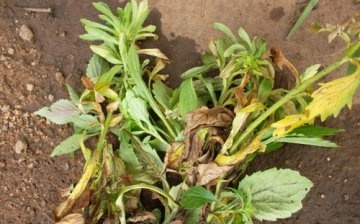
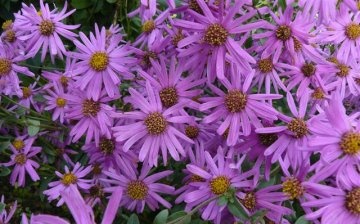








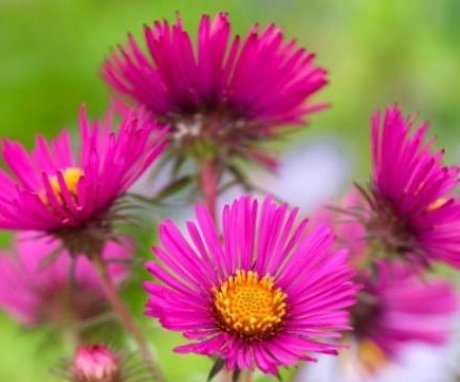
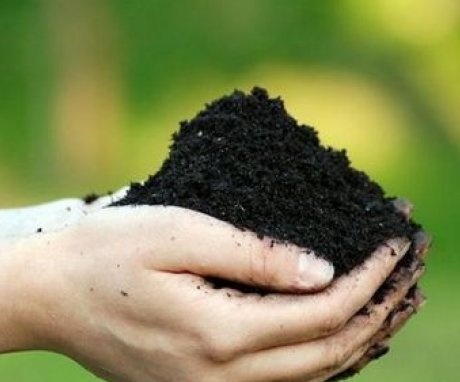
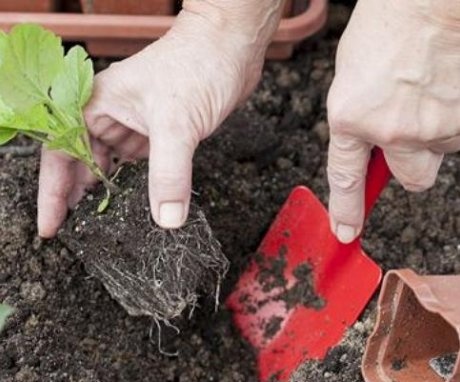
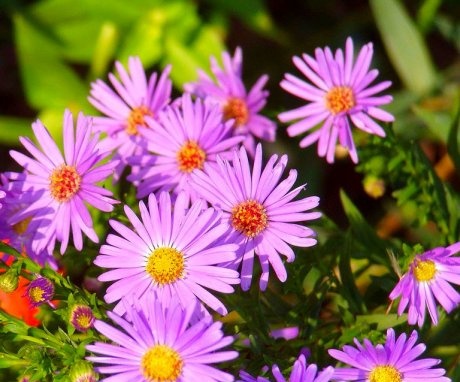

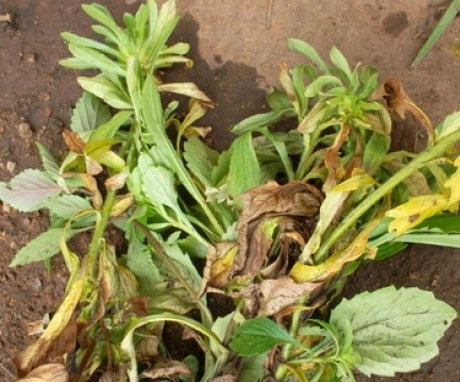
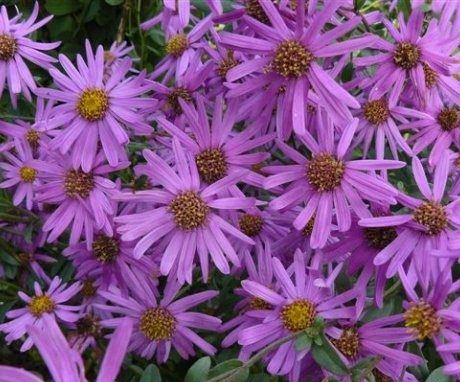
Chamomile asters are my favorites, unpretentious flowers that delight with their flowering from summer time to October and November, really bringing moral satisfaction.